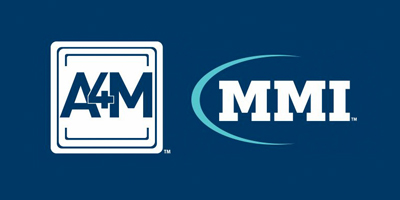The risk for leukemia is higher among children with Down syndrome, according to a study published online March 5 in The Journal of Pediatrics.
Emily C. Marlow, Ph.D., from the University of California, Davis, and colleagues used data from 3,905,399 children born between 1996 and 2016 in seven U.S. health care systems or Ontario, Canada, and followed them from birth to cancer diagnosis, death, age 15 years, disenrollment, or through 2016.
The researchers found that leukemia was diagnosed in 124 of 4,401 children with Down syndrome and 1,941 of 3,900,998 children without Down syndrome. The cumulative incidence of acute myeloid leukemia (AML) was 1,405 per 100,000 at age 4 years and unchanged at age 14 years among children with Down syndrome, while the cumulative incidence of acute lymphoid leukemia in children with Down syndrome was 1,059 per 100,000 at age 4 years and 1,714 per 100,000 at age 14 years. There was a greater risk for AML before age 5 years among children with Down syndrome compared with other children (hazard ratio [HR], 399). The risk was even higher for megakaryoblastic leukemia before age 5 years (HR, 1500). Regardless of age, children with Down syndrome had a greater risk for acute lymphoid leukemia than other children (<5 years: HR, 28; ≥5 years HR, 21).
“Given the potential for ionizing radiation to increase leukemia risk in children with Down syndrome, other nonionizing radiation modes of imaging, such as ultrasound and magnetic resonance imaging, should be used as the first-line image tests,” a coauthor said in a statement.












